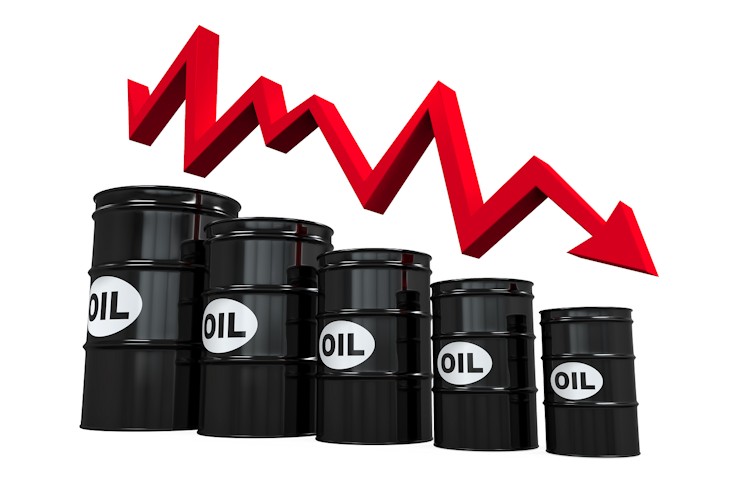The continuous decline of oil prices
May 10, 2017 | Expert Insights

Since the last two years, oil prices went through their deepest downturn since the 1990s. The Organization of Petroleum Exporting Countries (OPEC) agreed to cut down their production of oil in November 2016. The member nations of OPEC continue with the agreement while economists believe that in the next OPEC meeting that takes place on May 25th, the countries may decide to further prolong the production cuts.
OPEC members account for nearly 40% of the global oil supply and with a cut in production, there has been a total reduction of 1.2 million barrels a day by the OPEC nations.
Why have oil prices reduced?
With the discovery of shale oil, an unconventional oil produced from oil shale rock fragments, the demand of crude oil can be shifted to shale oil. Being an oil that can directly be used as a fuel and on being refined, serves the same purpose as crude oil, it is a viable substitute for crude oil. The United States at present possesses the largest reserves of shale oil followed by China, Brazil and Estonia. With an increase in the production of Shale oil by the United States there have been fundamental changes in the oil industry as the country is being able to produce oil at much faster rates than conventional producers. Hence, the OPEC is no longer being able to control oil prices.
Market share war within the OPEC
Saudi Arabia, the oil cartel’s leader is facing a severe loss of market share as Iran and Iraq emerged as winners. The turn of events took place when Iran and Iraq grabbed opportunities to raise their production while Saudi Arabia over complied with the agreed cuts. As of April 2017 it has been found that Saudi Arabia started increasing its production to attain the lost market share but this has not been favorable due to the oversupply of oil from the US which is further reducing oil prices.
Effect of oil prices on the Indian economy
India being the world’s third largest consumer of oil, has greatly benefitted from the reduction of oil prices since 2015. The current account deficits in the country reduced and so did the trade deficits due to reduction in government subsidies on petroleum products (LPG and Kerosene). As of May 8th, 2017, the Indian Oil Corporation (IOC) has stated that there is a possibility of partnering with Saudi Aramco as India plans to build a 1.2 million barrels per day (bpd) refinery to petrochemical project in the country's west coast to feed its growing fuel demand. Saudi looks at India as a prime target to increase its market share which led to the talks.
Assessment
With the decline of OPEC’s market share, there exists a possibility of an end to the world’s dependency on oil from OPEC nations with the increase in US Shale production. While countries like India would benefit from the ongoing decline of oil prices, there could be political as well as social unrest in the middle-eastern region with Saudi Arabia spending $70 billion on its military and with Iran and Iraq not complying with OPEC agreements. Just as there has been a shift from conventional crude oil energy sources to shale oil, there exists wide possibility of other energy sources being found around the world with most countries already shifting to solar and wind energy. While this would be beneficial to the environment, it will also lead to the end of foreign policies and war revolving around oil trade.








Comments